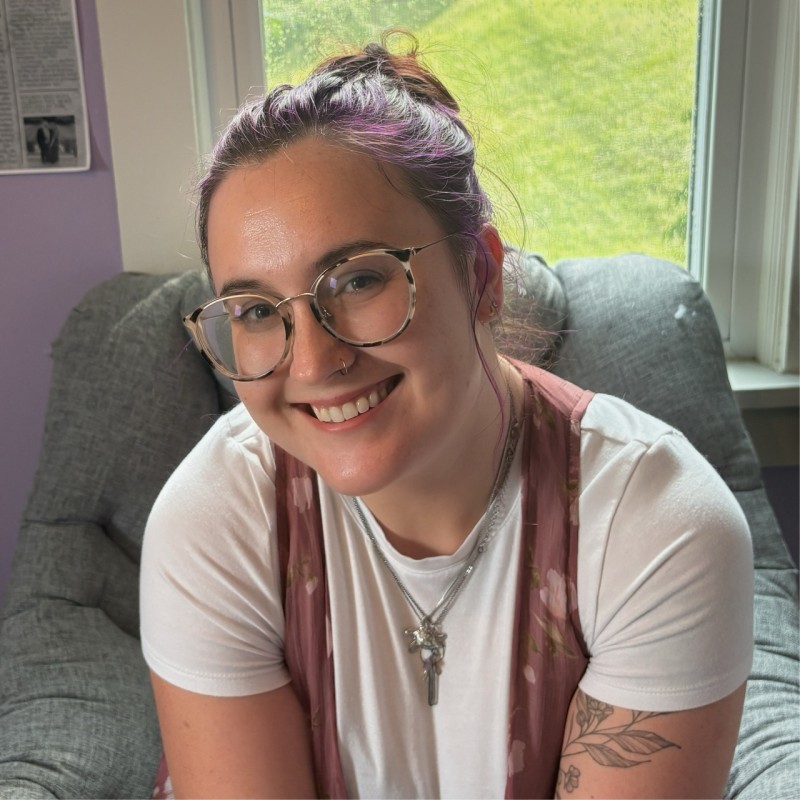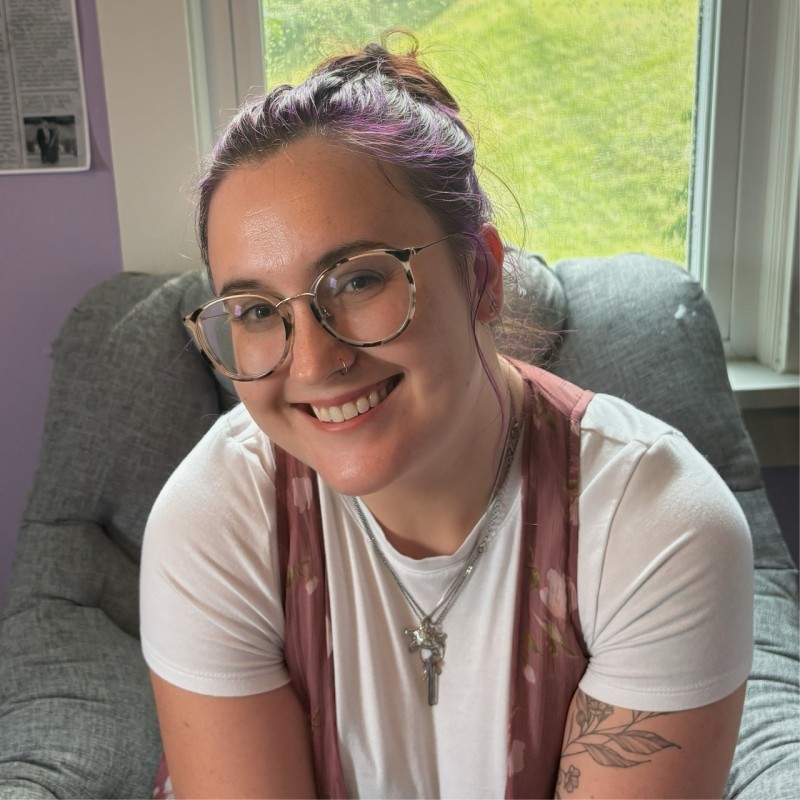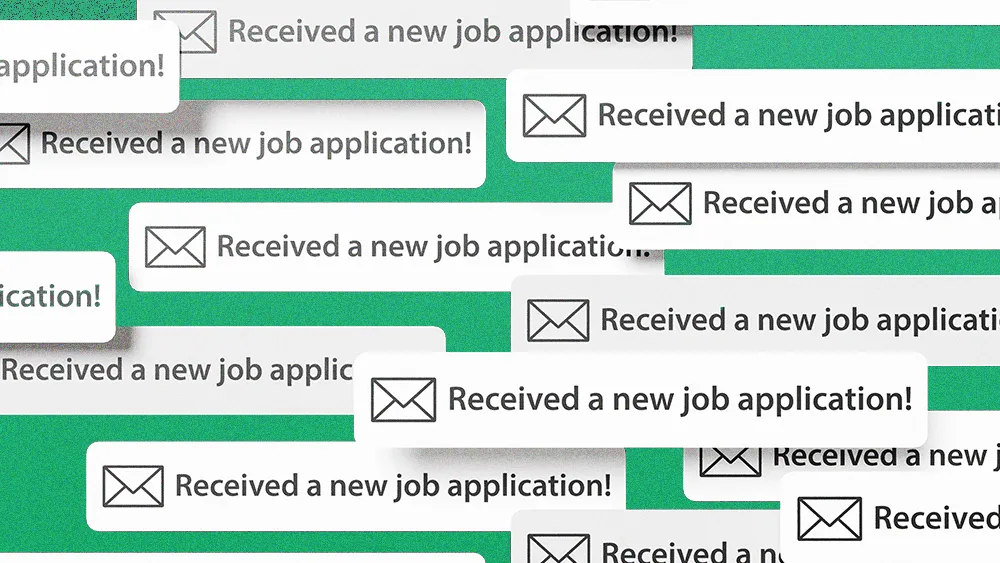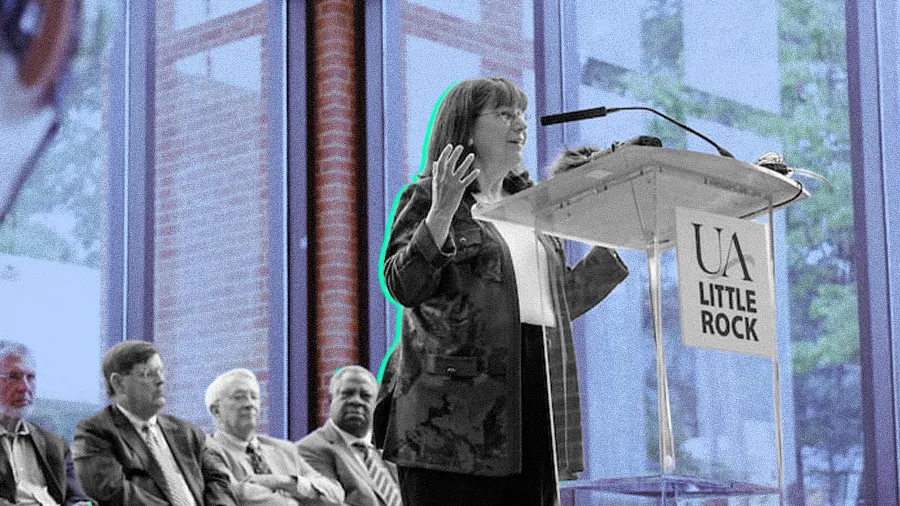How pop culture conversation reflects internal company culture

Key Points
A brand’s external engagement with pop culture is a direct reflection of its internal culture and values.
Kelsey Rogers, a Social Media Specialist at Penn State University, outlines a framework for deciding how to participate in trends authentically.
Rogers details how she uses pop culture not only for external strategy but also as a tool to break down internal silos and build stronger workplace connections.
This approach shows that authentic external commentary begins with a connected and culturally open internal environment.
As soon as I saw that Taylor Swift would be on Travis and Jason Kelce's podcast, I immediately canceled all the posts I had scheduled for the next day. I thought she would either drop an album or announce her engagement, so whatever we planned to talk about would be drowned out in the noise.

Kelsey Rogers
Social Media Specialist
Penn State University
How a company engages with pop culture mirrors its internal culture. Social media managers are the invisible ambassadors of their brand, showcasing internal values through external commentary. When it comes to the biggest topics of the day, like the engagement of a mega pop star, it’s these managers who need to know when to act, when to adapt, and when to clear the deck entirely—all while speaking with the voice of the brand.
Arguably the biggest piece of monoculture this year, Taylor Swift’s next album The Life of a Showgirl is expected to take over cultural conversations. A new study from BambooHR anticipates a “Swift Shift“, with 6% of salaried workers planning to take off October 3 for the album release.
We spoke with Kelsey Rogers, a Social Media Specialist at Penn State University, who navigates these nuances every day. Managing the social presence for one of the largest universities in the country, she’s developed a keen sense for surfing the cultural tide. For Rogers, success is defined not by jumping on every trend, but by making decisive, predictive moves rooted in a deep understanding of both external audiences and internal dynamics.
The cultural commentary checklist: For smaller, emerging trends, Rogers applies a pragmatic filter. The first question is brand fit. “Since we’re an educational institution, we can’t hop on every trend,” she said. “You need to know what is the right fit.” The next is logistics. “If it’ll require a couple hours of video production or a really long approval process, it’s too late. The faster you act, the better.”
The predictive pivot: Sometimes it’s clear what will cause a cultural commotion. When those opportunities arise, you need to be able to pivot fast to capture the moment. “As soon as I saw that Taylor Swift would be on Travis and Jason Kelce’s podcast, I immediately canceled all the posts I had scheduled for the next day,” Rogers said. “I thought she would either drop an album or announce her engagement, so whatever we planned to talk about would be drowned out in the noise.”
Main character rule: She operates under a “main character” rule for these overwhelming cultural moments. “Anything with Taylor dominates the conversation,” she said. “When The Tortured Poets Department came out, a lot of brands were replicating the album art. We posted our mascot, the Nittany Lion, mimicking the pose. It was one of our most successful posts on Instagram ever.”
The success of these strategies doesn’t happen in a vacuum. It requires an internal culture that values agility, trusts its specialists, and fosters open communication. Rogers taps into this environment to test out sometimes unorthodox methods for understanding her audience, which primarily consists of Penn State alumni. “I do all my research via burner accounts. I create accounts where I don’t post anything, but I trick the algorithm into thinking I’m a 21-year-old girl,” she said. “That’s where I can get a read on what our audience is talking about, what’s cringe to post, what other brands are doing, and how it’s all perceived.”
Nurturing future alumni: The youth-focused research is not for engaging a 50-year-old today. It’s for building a lifelong relationship with the alumni of tomorrow. “We don’t want to wait until alumni are in their thirties, forties, or fifties to ask them to be involved,” Rogers explained. “We want to start from the beginning. We meet them where they are and nurture them as they build their lives and careers outside of Penn State.”
The THON connection: THON, one of the largest student-run philanthropies in the world, raises millions for pediatric cancer and is a defining part of the Penn State experience. “Philanthropy is already a really large part of the Penn State culture because of that event,” she said. “It’s a way we stay in touch with our students as they graduate and become young alumni.”
This human-centered approach extends from her external strategy to her internal workplace dynamics. In a massive and “siloed” organization like Penn State, Rogers has found that pop culture is a powerful tool for breaking down barriers and building personal connections with her coworkers, too.
The Love Island accord: Despite diminishing monoculture, there are still pockets of pop culture that break into everyday conversation. “There’s someone in my office that I didn’t talk to for maybe two and a half years, until I found out that we both watched the same show,” she recalled. “Then we got to talking, got lunch together, and found out we read all the same books and studied abroad in the same place. We wouldn’t have realized any of that if we hadn’t discovered we both watched Love Island.”
An in-office cultural exchange is not a one-way street where Rogers educates her colleagues on the latest trends. It’s a reciprocal process built on mutual openness. “I had never seen Star Wars until my office neighbor said, ‘I will not speak to you until you watch Star Wars,'” she laughed. “That’s where the thread starts. And then you can build off of that.”
Since we're an educational institution, we can't hop on every trend. You need to know what is the right fit.

Kelsey Rogers
Social Media Specialist
Penn State University
Since we're an educational institution, we can't hop on every trend. You need to know what is the right fit.

Kelsey Rogers
Social Media Specialist
Penn State University
Related articles
TL;DR
A brand’s external engagement with pop culture is a direct reflection of its internal culture and values.
Kelsey Rogers, a Social Media Specialist at Penn State University, outlines a framework for deciding how to participate in trends authentically.
Rogers details how she uses pop culture not only for external strategy but also as a tool to break down internal silos and build stronger workplace connections.
This approach shows that authentic external commentary begins with a connected and culturally open internal environment.

Kelsey Rogers
Penn State University
Social Media Specialist

Social Media Specialist
How a company engages with pop culture mirrors its internal culture. Social media managers are the invisible ambassadors of their brand, showcasing internal values through external commentary. When it comes to the biggest topics of the day, like the engagement of a mega pop star, it’s these managers who need to know when to act, when to adapt, and when to clear the deck entirely—all while speaking with the voice of the brand.
Arguably the biggest piece of monoculture this year, Taylor Swift’s next album The Life of a Showgirl is expected to take over cultural conversations. A new study from BambooHR anticipates a “Swift Shift“, with 6% of salaried workers planning to take off October 3 for the album release.
We spoke with Kelsey Rogers, a Social Media Specialist at Penn State University, who navigates these nuances every day. Managing the social presence for one of the largest universities in the country, she’s developed a keen sense for surfing the cultural tide. For Rogers, success is defined not by jumping on every trend, but by making decisive, predictive moves rooted in a deep understanding of both external audiences and internal dynamics.
The cultural commentary checklist: For smaller, emerging trends, Rogers applies a pragmatic filter. The first question is brand fit. “Since we’re an educational institution, we can’t hop on every trend,” she said. “You need to know what is the right fit.” The next is logistics. “If it’ll require a couple hours of video production or a really long approval process, it’s too late. The faster you act, the better.”
The predictive pivot: Sometimes it’s clear what will cause a cultural commotion. When those opportunities arise, you need to be able to pivot fast to capture the moment. “As soon as I saw that Taylor Swift would be on Travis and Jason Kelce’s podcast, I immediately canceled all the posts I had scheduled for the next day,” Rogers said. “I thought she would either drop an album or announce her engagement, so whatever we planned to talk about would be drowned out in the noise.”
Main character rule: She operates under a “main character” rule for these overwhelming cultural moments. “Anything with Taylor dominates the conversation,” she said. “When The Tortured Poets Department came out, a lot of brands were replicating the album art. We posted our mascot, the Nittany Lion, mimicking the pose. It was one of our most successful posts on Instagram ever.”

Kelsey Rogers
Penn State University
Social Media Specialist

Social Media Specialist
The success of these strategies doesn’t happen in a vacuum. It requires an internal culture that values agility, trusts its specialists, and fosters open communication. Rogers taps into this environment to test out sometimes unorthodox methods for understanding her audience, which primarily consists of Penn State alumni. “I do all my research via burner accounts. I create accounts where I don’t post anything, but I trick the algorithm into thinking I’m a 21-year-old girl,” she said. “That’s where I can get a read on what our audience is talking about, what’s cringe to post, what other brands are doing, and how it’s all perceived.”
Nurturing future alumni: The youth-focused research is not for engaging a 50-year-old today. It’s for building a lifelong relationship with the alumni of tomorrow. “We don’t want to wait until alumni are in their thirties, forties, or fifties to ask them to be involved,” Rogers explained. “We want to start from the beginning. We meet them where they are and nurture them as they build their lives and careers outside of Penn State.”
The THON connection: THON, one of the largest student-run philanthropies in the world, raises millions for pediatric cancer and is a defining part of the Penn State experience. “Philanthropy is already a really large part of the Penn State culture because of that event,” she said. “It’s a way we stay in touch with our students as they graduate and become young alumni.”
This human-centered approach extends from her external strategy to her internal workplace dynamics. In a massive and “siloed” organization like Penn State, Rogers has found that pop culture is a powerful tool for breaking down barriers and building personal connections with her coworkers, too.
The Love Island accord: Despite diminishing monoculture, there are still pockets of pop culture that break into everyday conversation. “There’s someone in my office that I didn’t talk to for maybe two and a half years, until I found out that we both watched the same show,” she recalled. “Then we got to talking, got lunch together, and found out we read all the same books and studied abroad in the same place. We wouldn’t have realized any of that if we hadn’t discovered we both watched Love Island.”
An in-office cultural exchange is not a one-way street where Rogers educates her colleagues on the latest trends. It’s a reciprocal process built on mutual openness. “I had never seen Star Wars until my office neighbor said, ‘I will not speak to you until you watch Star Wars,'” she laughed. “That’s where the thread starts. And then you can build off of that.”




